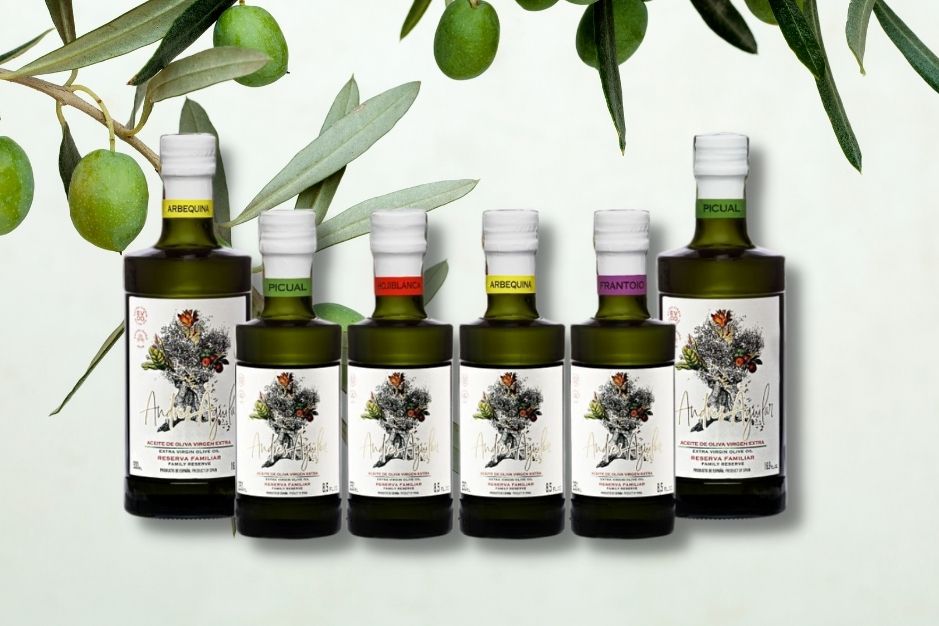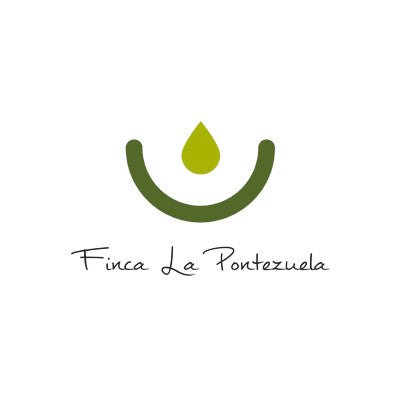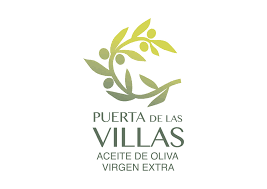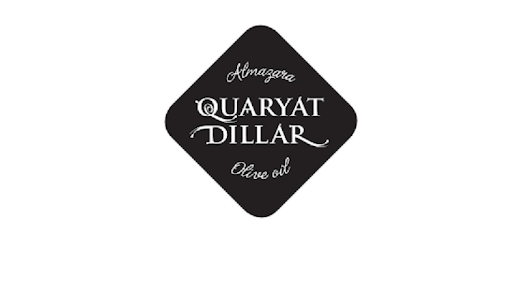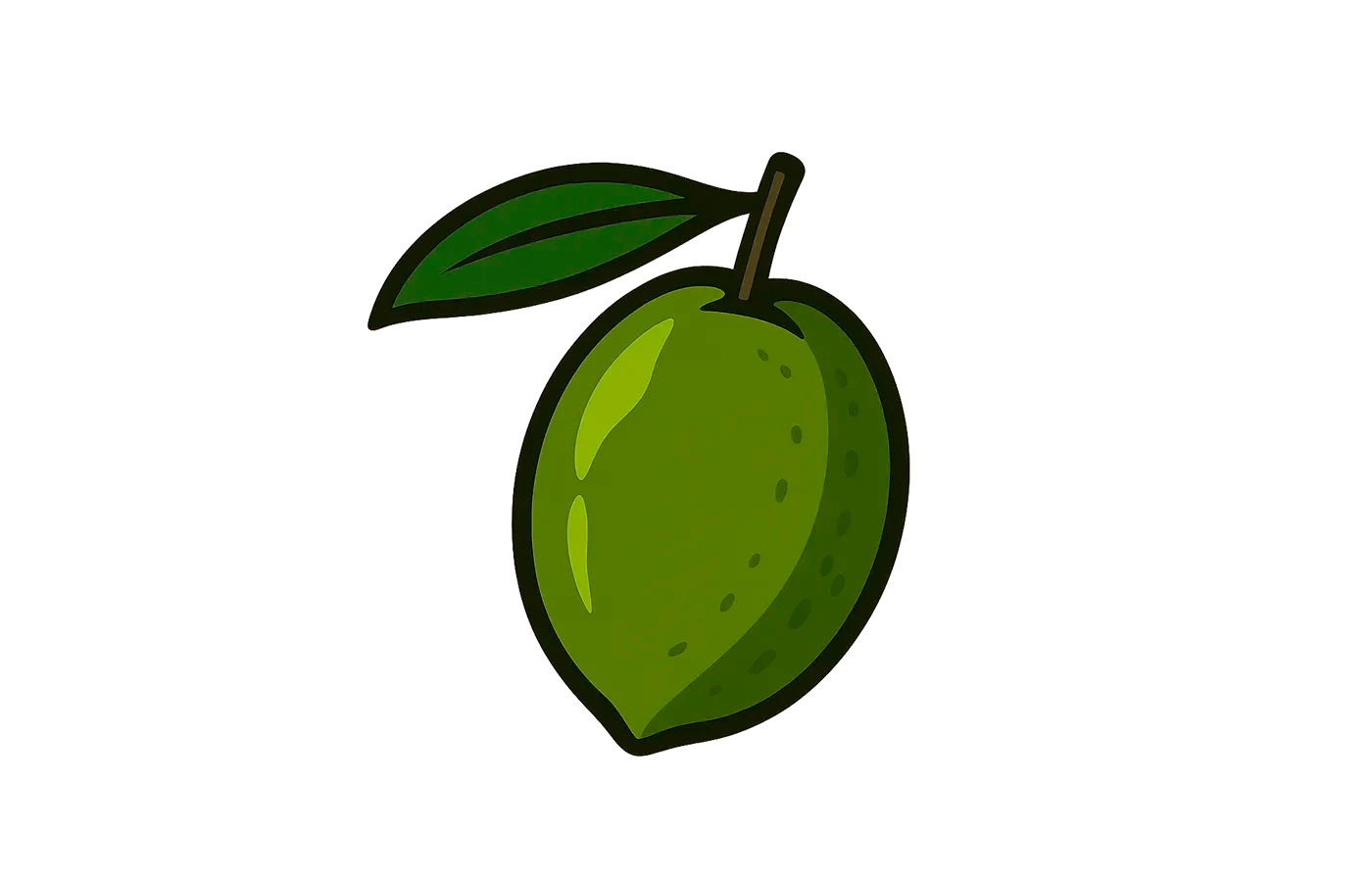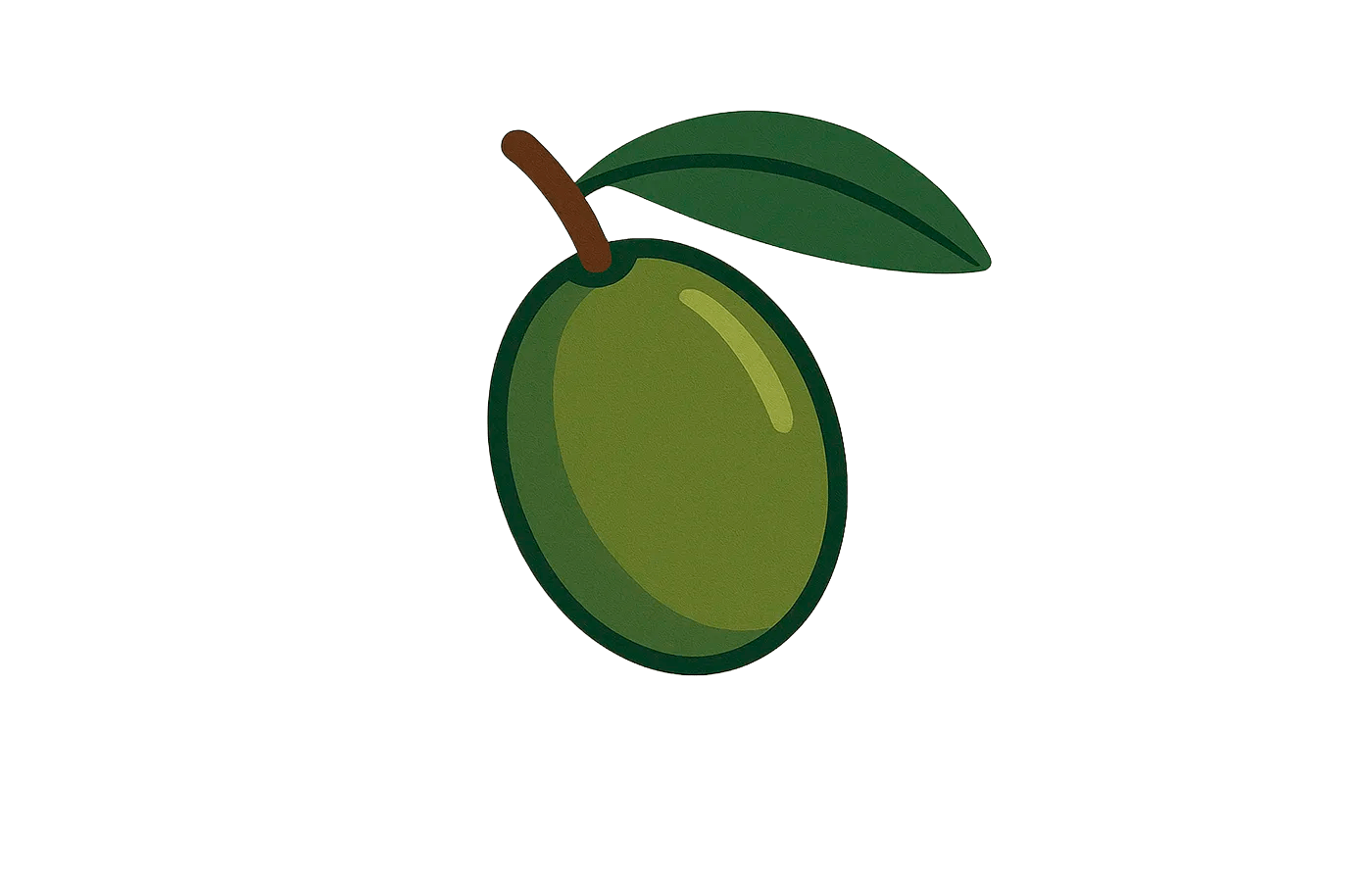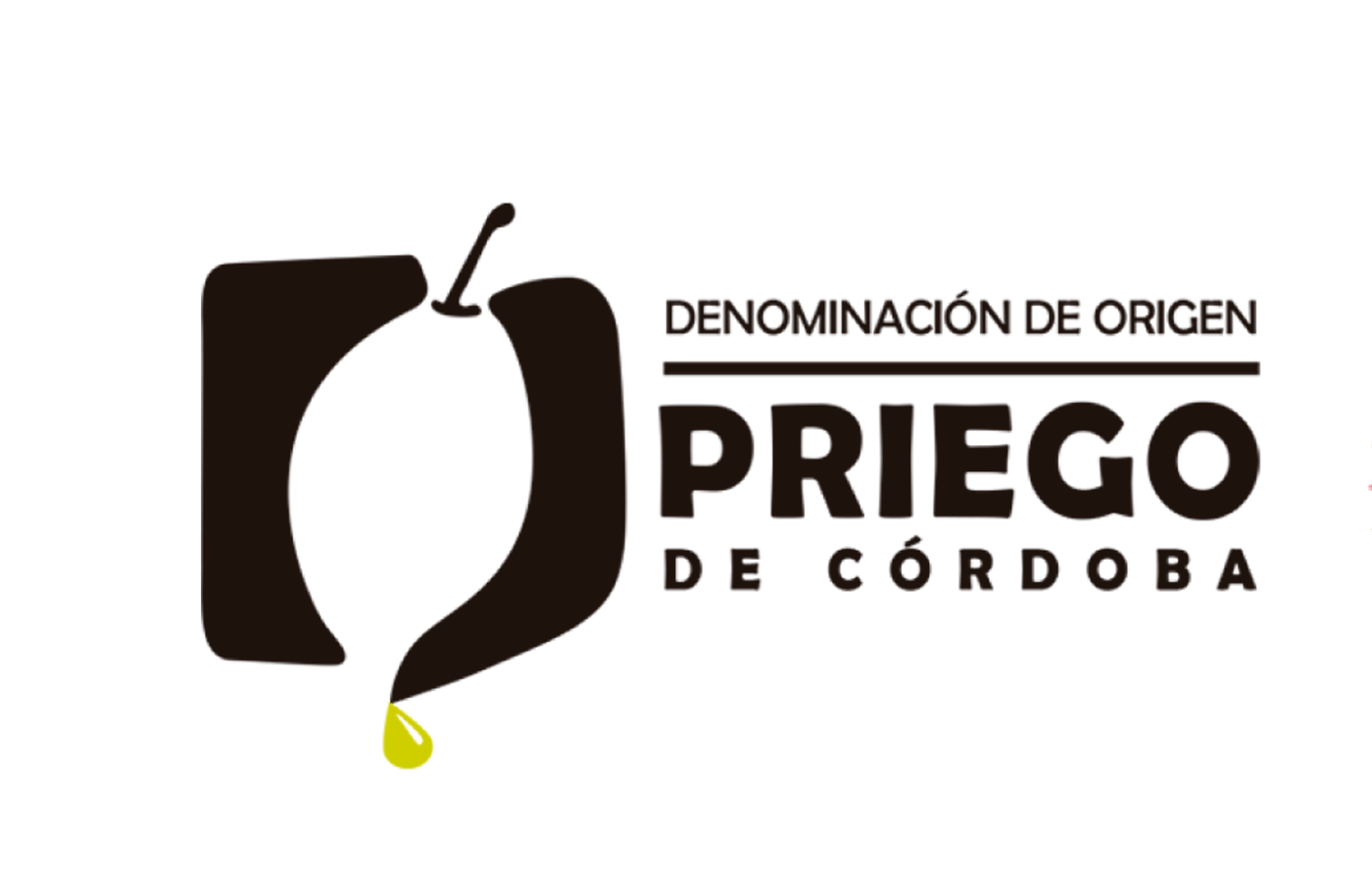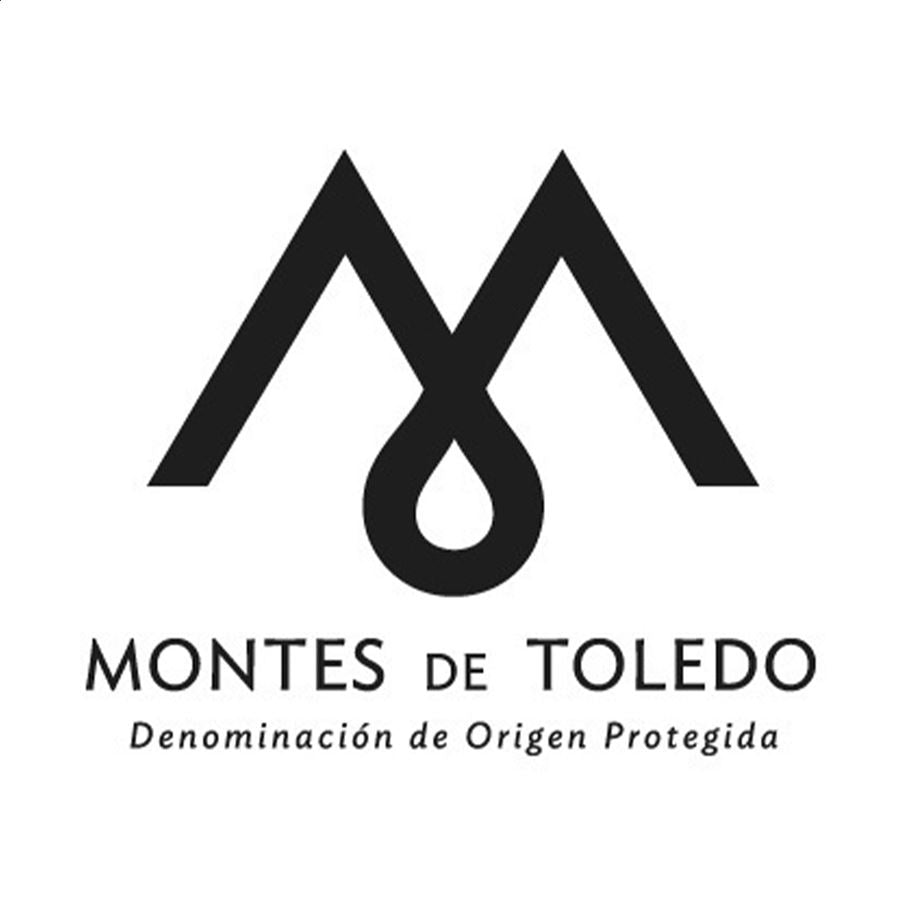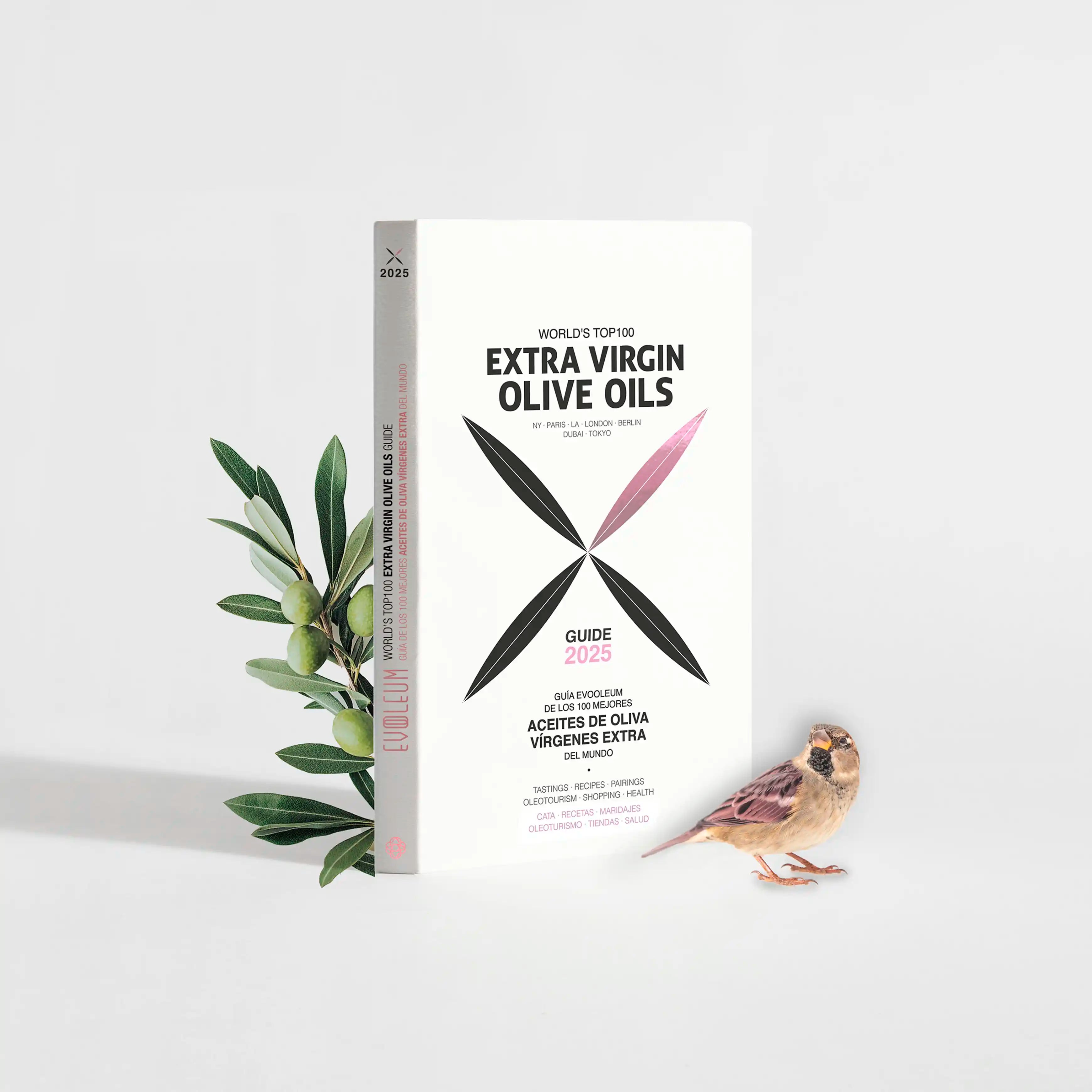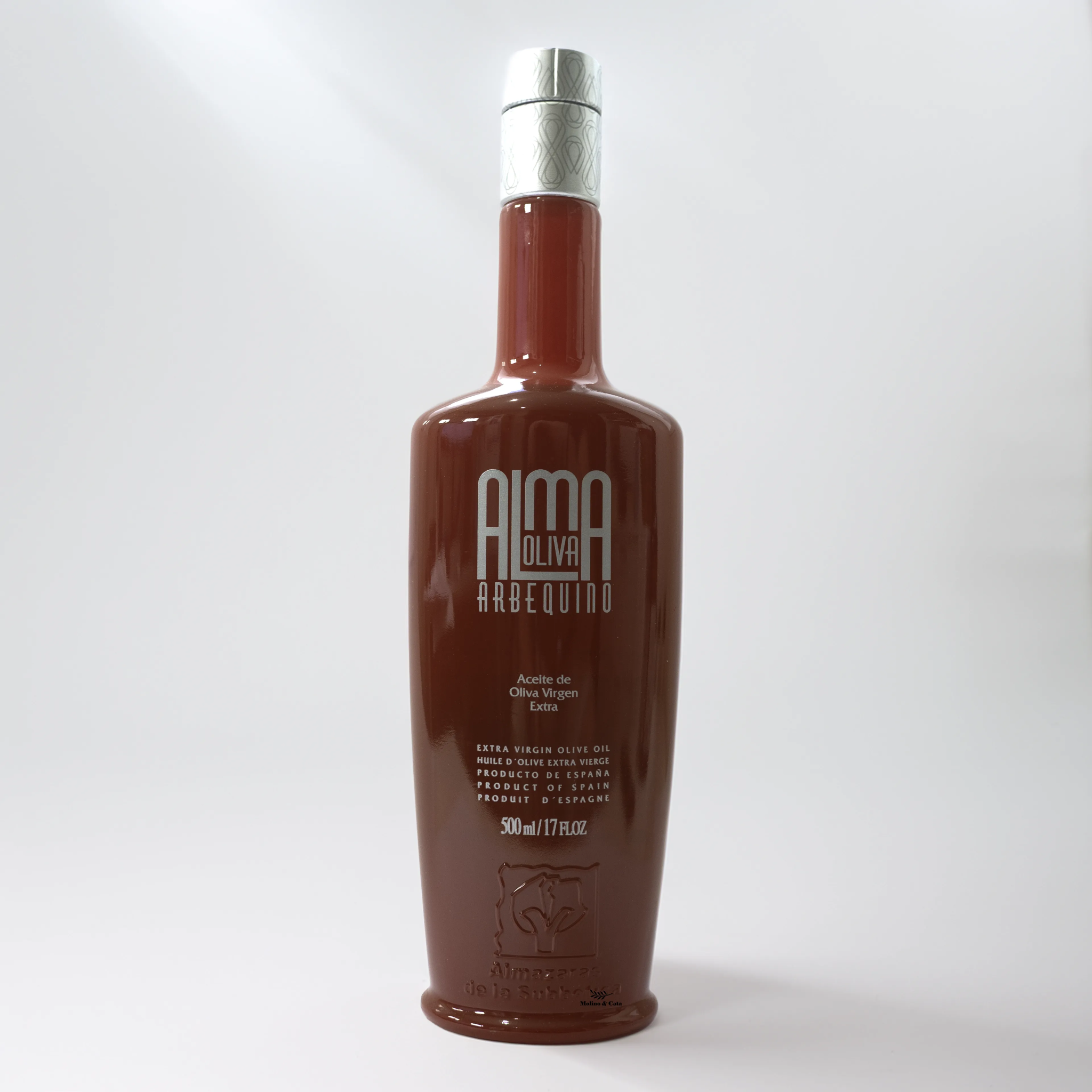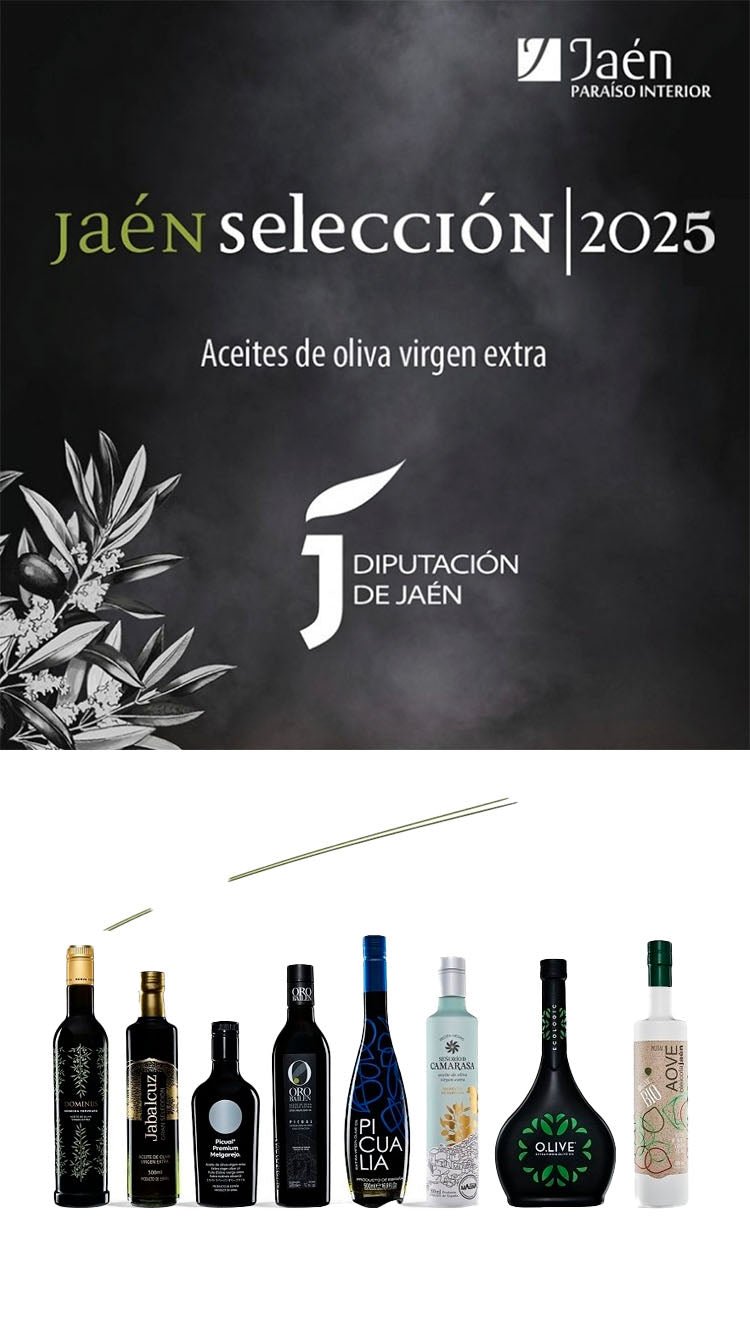
Picual or Hojiblanca? Which to choose
by Mercedes Uceda
Updated: 11 August 2025
Some kitchen decisions seem easy—until you’re standing in front of two bottles of extra virgin olive oil and both are begging to come home with you. Picual and Hojiblanca are two of Spain’s most emblematic varieties and, while they share the same Mediterranean spirit, they offer very different personalities. Here we break down their nuances so you can choose with confidence… or feel tempted to keep both.

Picual: intensity and character
If Picual could be summed up in one word, it would be determination. It’s the most widely grown variety in Spain—and likely in the world—with a hub in Jaén and notable presence in Granada and Córdoba. Its oil is known for its intense fruitiness, pronounced bitterness and a peppery kick that stands out, especially when harvested early.
On the nose it recalls freshly cut grass, olive leaf, tomato vine and green almond. On the palate, that strength translates into excellent stability, making it ideal for cooking at high temperatures without losing its properties.
Recommended uses: long-simmered stews, frying, homemade preserves, salad dressings with bold ingredients like tomato or rocket.
Picual at a glance
- Origin: Jaén, Andalusia
- Growing areas: Jaén, Granada, Córdoba
- Aromatic notes: Grass, olive leaf, tomato vine, green almond
- Bitterness/Pungency: High / High
- Stability: Very high

Hojiblanca: balance and versatility
Hojiblanca takes its name from the silvery sheen on the underside of its leaves. It’s grown mainly in Córdoba, Málaga, Seville and parts of Granada. In contrast to Picual’s power, Hojiblanca invites balance: a sweet entry, moderate bitterness and an elegant pepperiness that arrives at the finish.
On the nose it can suggest culinary herbs, almond, artichoke and apple. It’s a true wildcard in the kitchen: great both raw and cooked, and especially rewarding in sauces and creamy preparations.
Recommended uses: sautés, oven roasts, cold soups such as ajoblanco, homemade mayonnaise or aioli.
Hojiblanca at a glance
- Origin: Andalusia
- Growing areas: Córdoba, Málaga, Seville, Granada
- Aromatic notes: Culinary herbs, almond, artichoke, apple
- Bitterness/Pungency: Medium / Medium
- Stability: Medium
Picual vs Hojiblanca: head-to-head
| Characteristic | Picual | Hojiblanca |
|---|---|---|
| Fruitiness | Medium–high, intense | Medium, balanced |
| Bitterness | Pronounced | Moderate |
| Pungency | High, throat tickle | Mild to medium, chilli-pepper style |
| Stability | Very high | Medium |
| Star uses | Frying, stews, bold dressings | Everyday dishes, sauces, cold soups |
How to make the call
There’s no universal answer, but a few pointers help:
- If you enjoy firm, characterful flavours, Picual will be your loyal companion.
- If you prefer a versatile oil that adapts to everything, Hojiblanca gives you more range.
- When in doubt… keep both and let each recipe tell you which one to open.
Frequently asked questions
- Which one is healthier?
- Both are healthy, but Picual, with more polyphenols, stands out for its stability and antioxidant capacity.
- How do they differ when used raw?
- Picual is more intense, bitter and peppery; Hojiblanca is gentler and more balanced.
- Which one copes better with heat?
- Picual—perfect for frying and long cooking.
Author
Mercedes Uceda, BSc in Biology, Lecturer on the Olive Oil Tasting Expert programme at the University of Jaén. With over 10 years training professional tasters, she combines academic rigour with a contagious passion for the world of olive oil.
Share






